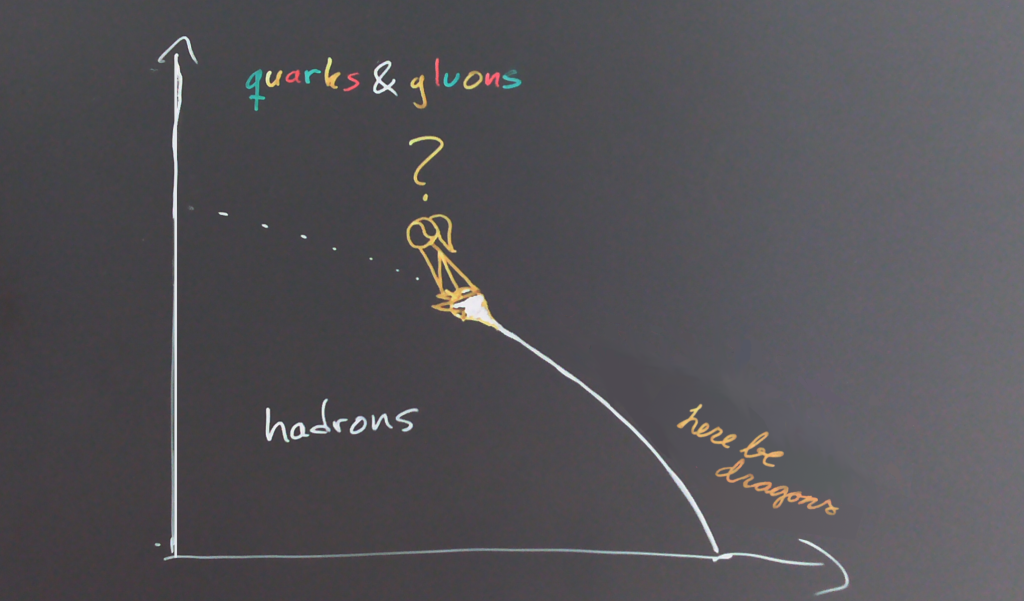
Centre for Simulations of Superdense Fluids
The research in the Centre is focused on understading the properties of strongly interacting, i.e. nuclear, matter is extreme temperatures and densities. In particular we employ fluid-dynamical models to describe the evolution of matter formed in ultrarelativistic heavy-ion collisions (at LHC, RHIC, SPS and FAIR), and various effective models to calculate the properties of the matter in the vicinity and beyond the chiral and deconfinement transitions.
Based on lattice QCD calculations we know that at sufficiently high temperatures strongly interacting matter no longer consists of hadrons, but of free, although interacting, quarks and gluons instead. We also know that at low baryon densities like in early universe or in collisions at LHC and at full RHIC energy, the transition from hadrons to quarks and gluons (i.e. quark-gluon plasma) is a smooth crossover. On the other hand, it is expected that at large density and low temperature the transition would be a first order phase transition, in which case there must be a critical endpoint somewhere in the phase diagram.
The BES program at RHIC as well as collisions at SPS and fortcoming experiments at FAIR probe the region of the phase diagram where the critical endpoint might exist. Even if the fluid-dynamical models have been extremely successful in modeling the collisions at LHC and full RHIC energies, they are not directly applicable to collisions at lower energies because the timescales of the primary collisions and subsequent rescatterings overlap. Therefore the main project of the Centre is to develope a new, dissipative implementation of so-called three-fluid model which can describe the entire collision process from primary collisions to hadronisation. This part of the project we carry out in collaboration with dr Iurii Karpenko and his group at the Czech Technical University in Prague.
